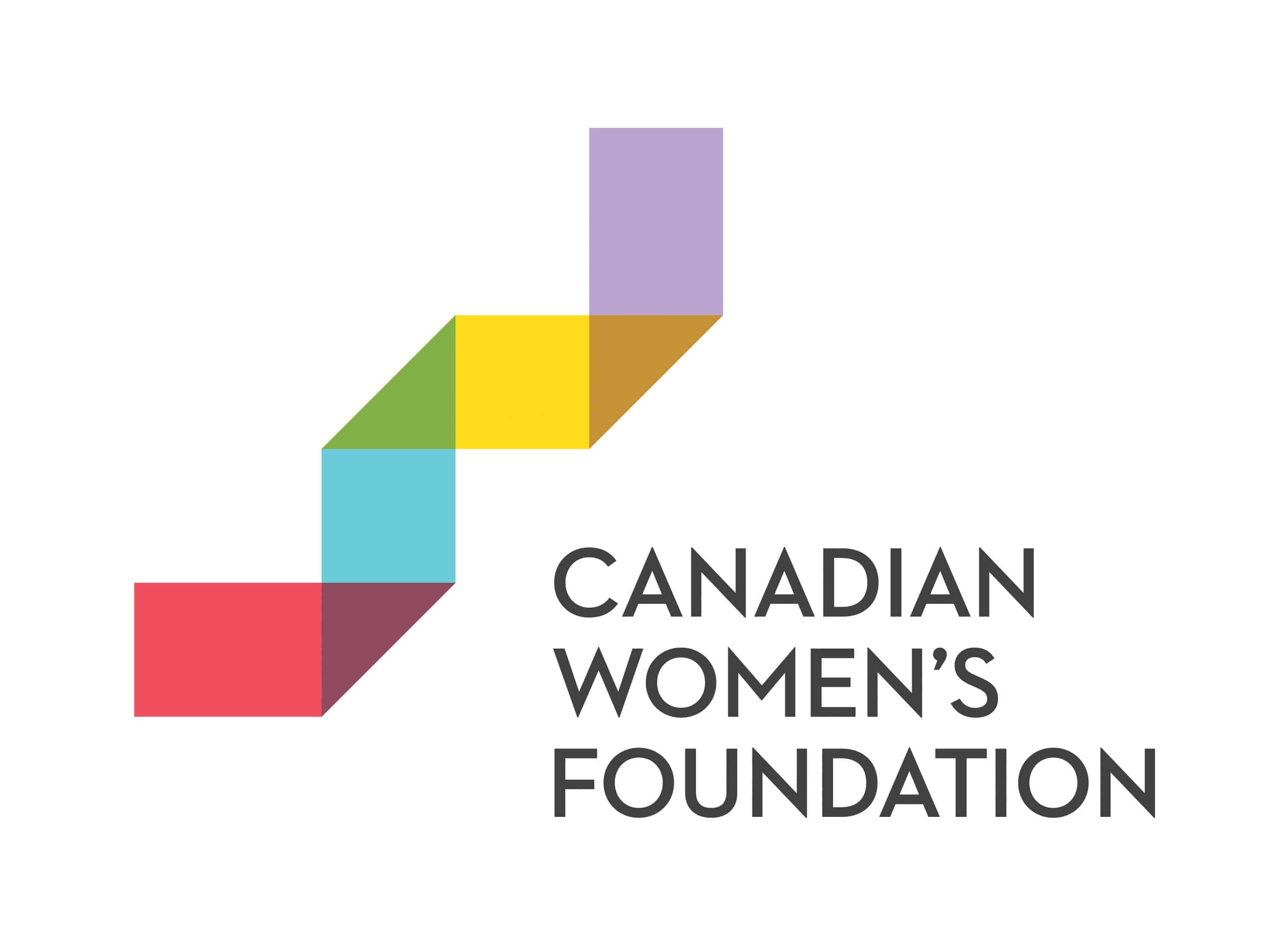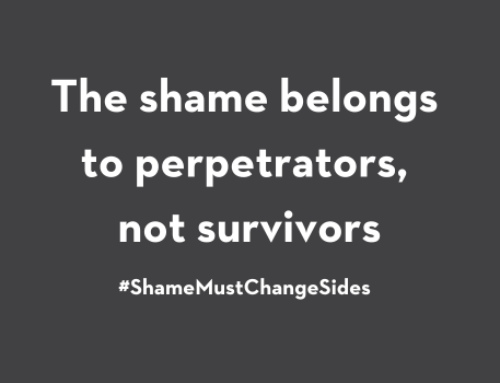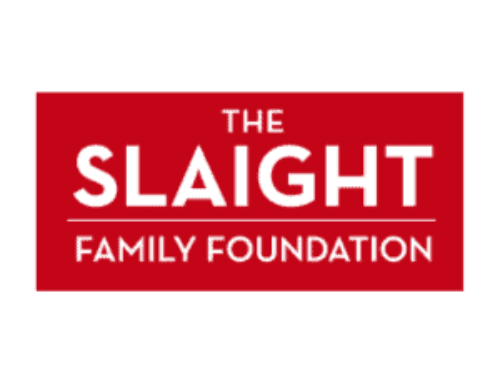
Inclusive Leadership
We voted for the #countrywewant and elected a record number of women in the federal election (#elxn42), ending the year with a gender-equal parliament and a feminist Prime Minister. While many tried to discredit this overdue move toward gender parity in government as affirmative action without merit, the women appointed as ministers are more than qualified.
For example, Canada's Minister of Justice and Attorney General of Canada, Jody Wilson-Raybould, is a lawyer, advocate and former Regional Chief of the BC Assembly of First Nations. Minister of Indigenous and Northern Affairs, Carolyn Bennett, was a family physician and former Minister of State for Public Health. Minister of Status of Women, Patty Hajdu, is an expert in harm prevention, addiction and homelessness, and the former head of Shelter House, Thunder Bay's largest homeless shelter. Minister of Democratic Institutions, Maryam Monsef, came to Canada as a refugee from Afghanistan and is now the fourth-youngest member of cabinet in Canadian history. Meanwhile, the Minister for Sport and Persons with Disabilities, Carla Qualtrough, is a Paralympian and lawyer.
This is what inclusive leadership looks like.
Girls Challenge Stereotypes and Sexualization
In 2015, we also heard from many girls that are finding their voice and taking on leadership roles in their communities. Girls across Canada are challenging discriminatory dress codes in schools and calling out the sexualization of girls, while taking on body-shaming bullies with confidence, cleverness and humour. Is it still an insult to do things #likeagirl? Not with these girls in charge.
Parents too raised concerns about the sexualization of girls with hashtags like #BoycottPartyCity and critiques of sexy Halloween costumes. As a result of public pressure, largely led by parents, toy and book stores began removing gender categories from their products on mass, and manufacturers started promoting new products that encourage girls to pursue their interest in #STEM and male-dominated industries.
Breaking the Silence on Sexual Assault
Perhaps our biggest accomplishment in 2015 was that we broke the silence on sexual assault and started to chip away at the shame and stigma that so many sexual violence survivors experience. We began a survivor-led conversation on sexual assault that was unprecedented in its honesty and openness (see #TheEmptyChair, #WhyIStayed and #listentowomen), and found that there is a community of women and male allies that #believewomen, #supportsurvivors, and are working to challenge and change a culture that enables violence.
Central to this conversation were numerous campaigns urging Canadians to #GetConsent, including @WeGiveConsent, led by two 13-year-old trailblazers. Many universities found themselves in the spotlight for their lack of action on sexual violence.
Intersectionality Matters
There was also increasing understanding that violence affects women differently due to the intersectional nature of identity. Last fall, Canada's Minister of Justice was tasked with extending equal protection to trans persons and Quebec became the first province to allow trans folks to confirm their identity without medical intervention. Over the summer, #BlackLivesMatter and #TakeBackTheNight combined forces to draw attention to sexual and state violence, particularly against women of colour. Toward the end of the year, multiple news investigations revealed the vulnerability and extent of violence faced by Indigenous women.
Issues of gender-based violence are finally getting the attention they deserve. In 2016, we can expect both a national inquiry on #MMIW and a national action plan on #VAW largely due to women’s activism (particularly by Indigenous women) and widespread public pressure. We’ve also seen recognition within public institutions, including the military, police, fire-departments and public service, and the private sector (remember #distractinglysexy and #ilooklikeanengineer?), that workplace sexism, harassment and violence are ongoing issues that demand change. The question #whowillyouhelp is one that resonated across Canada.
This awareness lays the groundwork for action.
There’s Still Work to Do
It’s no longer acceptable for a Federal Court Justice to ask “why couldn’t you just keep your knees together?” It’s a time when provincial leaders can share their stories to widespread support and compassion, laws are changing to protect survivors of abuse, and journalists are being asked to #usetherightwords.
That said, there’s still work to do.
The fact that we’re still debating the merits of gender equality in government, that a judge would publically blame a sexual assault survivor for her rape, and that only 1 in 3 Canadians know what sexual consent means demonstrates this. Violence against women and girls is all too common in Canada, as are economic barriers, including the gender wage gap, and a host of issues that disempower girls.
Yes, 2015 was a year of progress and we should all take a moment to celebrate our accomplishments.
Now, let’s see what we can achieve together in 2016.
Learn More
- What the Hashtag: Working to #EndViolence for #16Days and Beyond
- What the Hashtag: Taking stock of #womenshistory and the #countrywewant
- What the Hashtag: Are you #UpforDebate?
- What the Hashtag: Efforts to #DenyRooshV & Build #ConsentCulture in Canada
- What the Hashtag: #WhatHappenedToSandraBland & #TheEmptyChair
Take Action
- Join GEN1. Become a monthly donor and help us build the first generation free of violence against women.
- Sign up for our e-newsletter to have our latest stories and resources sent to your inbox.
- Follow us on Facebook and Twitter to join a national conversation on gender equality.







